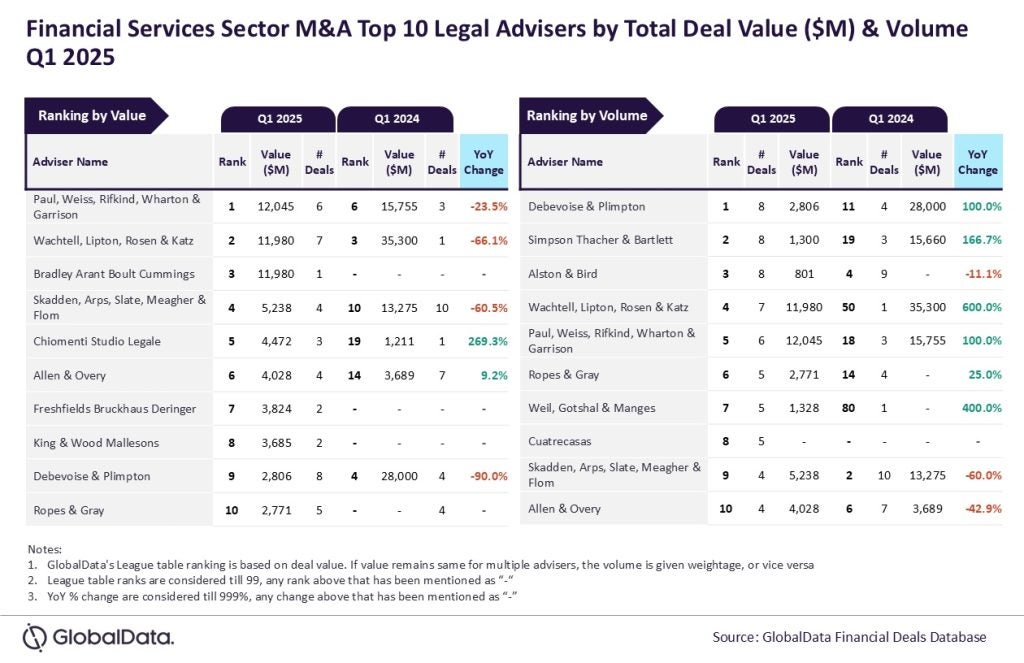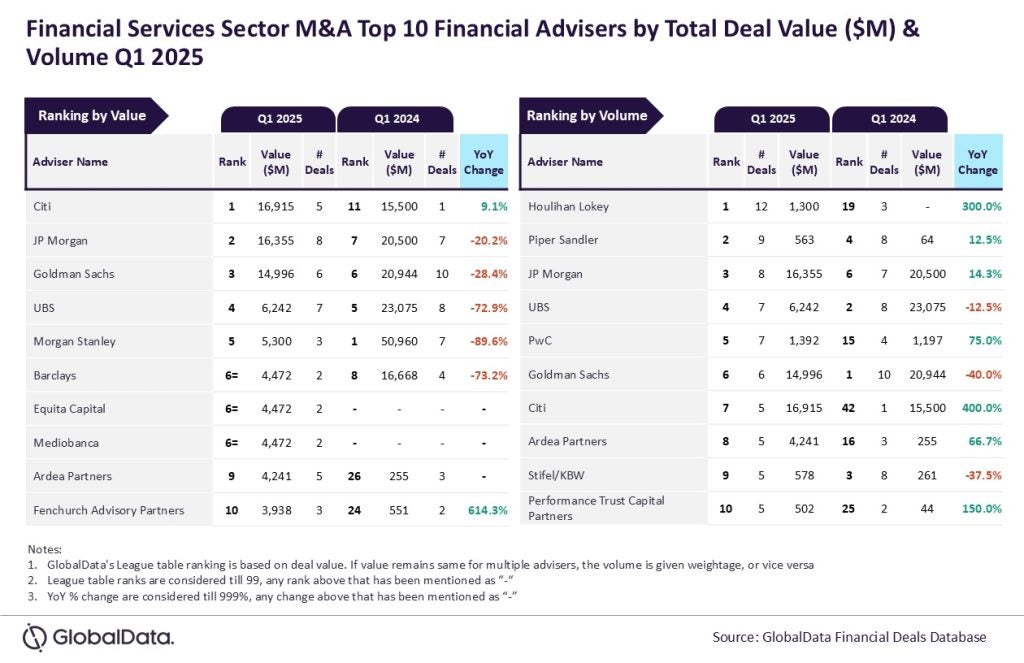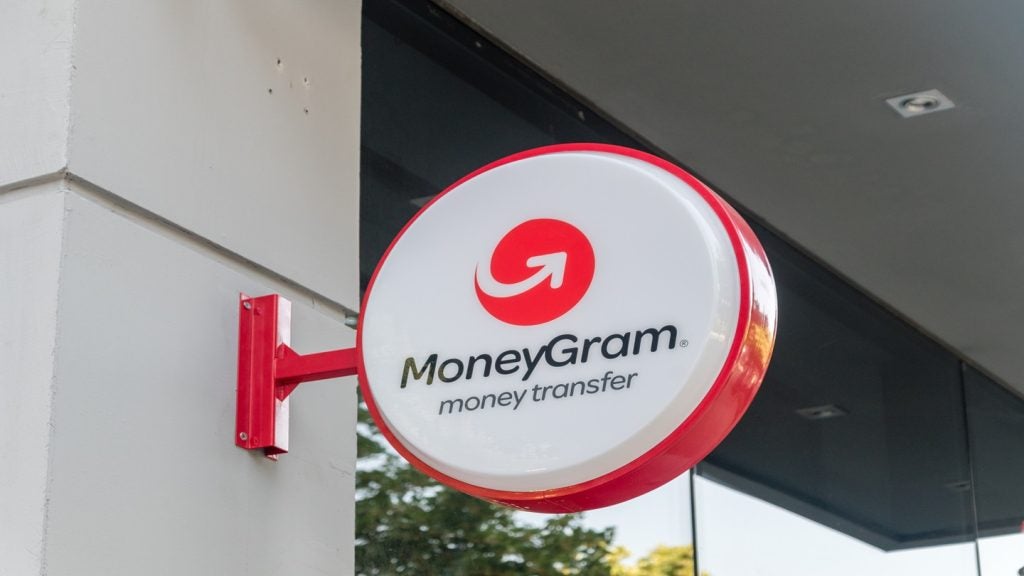As payday loans surge in popularity across the US and Europe, leading to a mushrooming of small- and medium-sized non-bank lenders, the debate over whether big US banks offering expensive short-term loans is actually helping customers immediate cash needs or pushing them into further debt continues, writes Meghna Mukerjee
 The decision on 24 February that the UK Office of Fair Trading (OFT) is to investigate 50 payday lenders amid concerns some firms are taking advantage of the vulnerable should come as no surprise.
The decision on 24 February that the UK Office of Fair Trading (OFT) is to investigate 50 payday lenders amid concerns some firms are taking advantage of the vulnerable should come as no surprise.
Quick Quid, Better Credit, Wonga, Ferratum these are names consumers are coming across more and more.
Payday loans have been a lively topic for conversation, contention and controversy for the last few years and their popularity has soared particularly in the US and UK as a consequence of the worsening economic conditions.
Lending products typically regarded as payday loans are short-term, high interest, unsecured loans, to be repaid by the borrower when he or she receives their next regular income payment (normally on or around/within 30 days of having been granted the loan.
According to research conducted by The Cooperative Bank in the UK, 5% of the British population accumulated debt in 2011 due to payday loans.
The OFT will now investigate concerns that loans are being granted without proper checks that the customers can afford them. The OFT is also alarmed that vulnerable customers are being singled out by the payday lenders marketing strategy and that loans are being rolled over, resulting in exorbitant rates of interest being charged. It is also to examine if lenders are treating customers fairly who get into financial difficulty.
In the US, numbers are more staggering with an estimated 12m Americans annually caught in long-term debt from such loans, according to non-profit research and policy organisation, the Centre for Responsible Lending (CRL).
Even though most payday loans require to be repaid within two weeks, borrowers in the US, on average, become indebted for more than half of the year. Other metrics released by CRL reveal that most payday borrowers take nine repeat loans per year, and pay interest at an annualised rate of 400%.
76% of payday loans are the result of repeat borrowing on the same principal, and among payday loan borrowers, 44% ultimately default despite paying back the principal sum several times.
 Lauren Saunders, managing attorney at Washington-based National Consumer Law Center (NCLC) told RBI: "The cost ranges from $15 to $30 per $100 borrowed, with $15 being common for storefront payday lenders, and online payday lenders charging more.
Lauren Saunders, managing attorney at Washington-based National Consumer Law Center (NCLC) told RBI: "The cost ranges from $15 to $30 per $100 borrowed, with $15 being common for storefront payday lenders, and online payday lenders charging more.
"The consumer writes a personal cheque to the payday lender or authorises the electronic equivalent for the amount borrowed plus the finance charge. The lender holds it until the next payday.
"When the loan comes due, the borrower can redeem the cheque for cash, allow the cheque to be deposited, or pay the finance charge and roll the loan over for another pay period at a new fee."
In the UK, short-term loan shops are in abundance. Microloans company Ferratum that operates across Europe as well as Australia and New Zealand states on its website that the full costs of what the short loans will be are revealed "upfront" and there are "no hidden charges".
The website also mentions that a short-term or micro loan can help a customer "avoid nasty overdraft charges or returned item fees on your bank account".
 Ferratum the first company to launch the Mobile Microloan product in Europe offers short-term loans of £50 to £300 ($79 to $475) repayable over 7 to 45 days.
Ferratum the first company to launch the Mobile Microloan product in Europe offers short-term loans of £50 to £300 ($79 to $475) repayable over 7 to 45 days.
Ferratum justifies its loan products on the website by saying: "A microloan is often better than using your credit card. You cant fall in to the trap of just paying the minimum repayment which would keep you in debt for longer.
"A microloan is ideal when faced with an unexpected bill or an amazing bargain that you dont want to miss out on.
"A microloan can be used as a pay day loan which means that your life doesnt have to stop while you count down the days or weeks until payday."
Similarly, high profile payday loans company Wonga.com states on its website that there is no "nightmare paperwork to tackle, documents to fax or cheesy hold music to endure" for its online payday loans application.
Positioning payday loans as an easy and fast solution, Wonga stressed that the loan is on average approved in 15 minutes and the initial request could be for any amount up to £400.
Wongas representative APR for its payday loans is 4,214%, and a Wonga loan is offered for between one day and a month the shorter and lower cost the loans become, the higher the APR becomes. Wongas transmission fee that covers the cost of its cash deposit system is £5.50.
The Wonga website also sets out words of caution and comfort for customers: "We dont want to keep you in debt. That may sound funny coming from any lender, but Wonga provides short term loans for a few days or weeks.
"Well only lend you money for up to a month and you are always free to make an early repayment and save money, with no hidden fees. Unlike some lenders, we wont keep rolling your balance endlessly or encourage you to make minimum repayments. So please think very carefully before you apply, because we expect you to repay us when you promise to."
 The annual percentage rates for payday loans in the US run from 391% to 782% for a two-week extension of credit.
The annual percentage rates for payday loans in the US run from 391% to 782% for a two-week extension of credit.
In 2011, several organisations spoke out against big US-based retail lenders such as Wells Fargo, Regions Financial, US Bank and Fifth Third adding payday loans to their "predatory loan products" under the guise of different product names and offering customers short-term loans at have very high interest rates and fees.
The Big Banks Payday Loans report, published by CRL in July 2011, reveals that bank payday loans carry an annual percentage rate (APR) of 365% based on the typical loan term of 10 days. In comparison, the average credit card interest rate in 2011 was just over 13% annually, and the average personal loan from a commercial bank was 11.47%.
The CRL report calculates that consumers pay over $900 in interest to borrow approximately $500 for less than six months through bank payday loan rates.
A common criticism of payday loans is a general lack of transparency and customer understanding about how such products work. The federal agency primarily responsible for regulating consumer protection in the US, the Consumer Financial Protect Bureau (CFPB) began operations in July 2011, has the power to write and enforce rules against predatory practices in payday lending.
NCLC issued a statement to the US federal agency Office of the Comptroller of the Currency (OCC) as well the CFPB in August 2011 stressing regulators should put a stop to banks offering payday loans or similar products.
The OCCs proposed guidance for bank payday loans and overdraft practices express concern about all the predatory characteristic of both overdraft and bank payday loan schemes, including high cost, short-term balloon repayment, and consequent excessive use. The challenge is how this guidance can actually bring reform to "current abuses", says Saunders.
"Usually borrowers take out several loans in quick succession with a new fee each time because they cannot afford to repay the loan in full, plus the fee, and meet ongoing expenses until their next deposit.
"Shortly after repaying the previous loan, they require another loan. This cycle of debt causes grave consequences for consumers," says Saunders.
A number of leading US retail banks, however, do not share the same view. According to Regions Financial, its Ready Advance loan product was introduced in 2011 after extensive research among customers, who were either already using a non-bank advance loan product, or requesting Regions to offer an alternative.
"Regions Ready Advance provides customers with a short-term loan for a flat, clearly-disclosed fee of $1 for every $10 loaned, which is generally one-half to one-third of what non-bank providers charge for so-called payday loans.
"Ready Advance is intended to meet the occasional and immediate credit needs of existing bank customers who have had a checking account in good standing for at least nine months. We also offer customers a pathway to qualify for less expensive credit products," a spokesperson from Regions tells RBI.
As a safeguard, Regions implements a one-month cooling off period, for customers who have accessed the maximum loan amount for six consecutive months, during which customers are not eligible for Ready Advance.
For US Banks Checking Account Advance (CAA) loan product, the mandatory cooling off period is three months, after nine consecutive months of use.
CAA also limits the advance to half of the customers next direct deposit or $500, whichever is less. The average advance is roughly 10% of the average deposit and the pricing is $2 per $20 advanced.
"We limit how long they can use it and provide warnings that escalate in tone after three, six and nine months of consecutive usage," says a spokesperson from US Bank.
Not new to costly short-term lending, Wells Fargo charges $1.50 for every $20 advance for its Direct Deposit Advance (DDA) scheme a product that has existed since 1994.
A spokesperson from Wells Fargo agrees that DDA is an "expensive form of credit and it is not intended to solve longer term financial needs".
The spokesperson added: "But we offer it because we understand that financial emergencies come up and we want to be able to help customers with that. We do not consider the service that we are offering to be a payday loan. It differs in several ways. Our customers can extend or roll over the advance so it does not grow. There is never a mountain of debt that this customer is under."
According to CRL, however, Wells Fargos DDA Service Agreement and Product Guide Addendum, effective 19 February 2011, allows a customer to remain in debt for 330 days per year, as after a customer uses DDA for six consecutive statement periods and the credit line available decreases by $100 a month until the credit limit reaches $0 or the customer does not request an advance for an entire statement period.
As banks defend their stand rationalising expensive short-term loan products as ways to stop their customers from going to dodgy small shops when in immediate need of cash most welfare organisations are not convinced. The debate continues.







